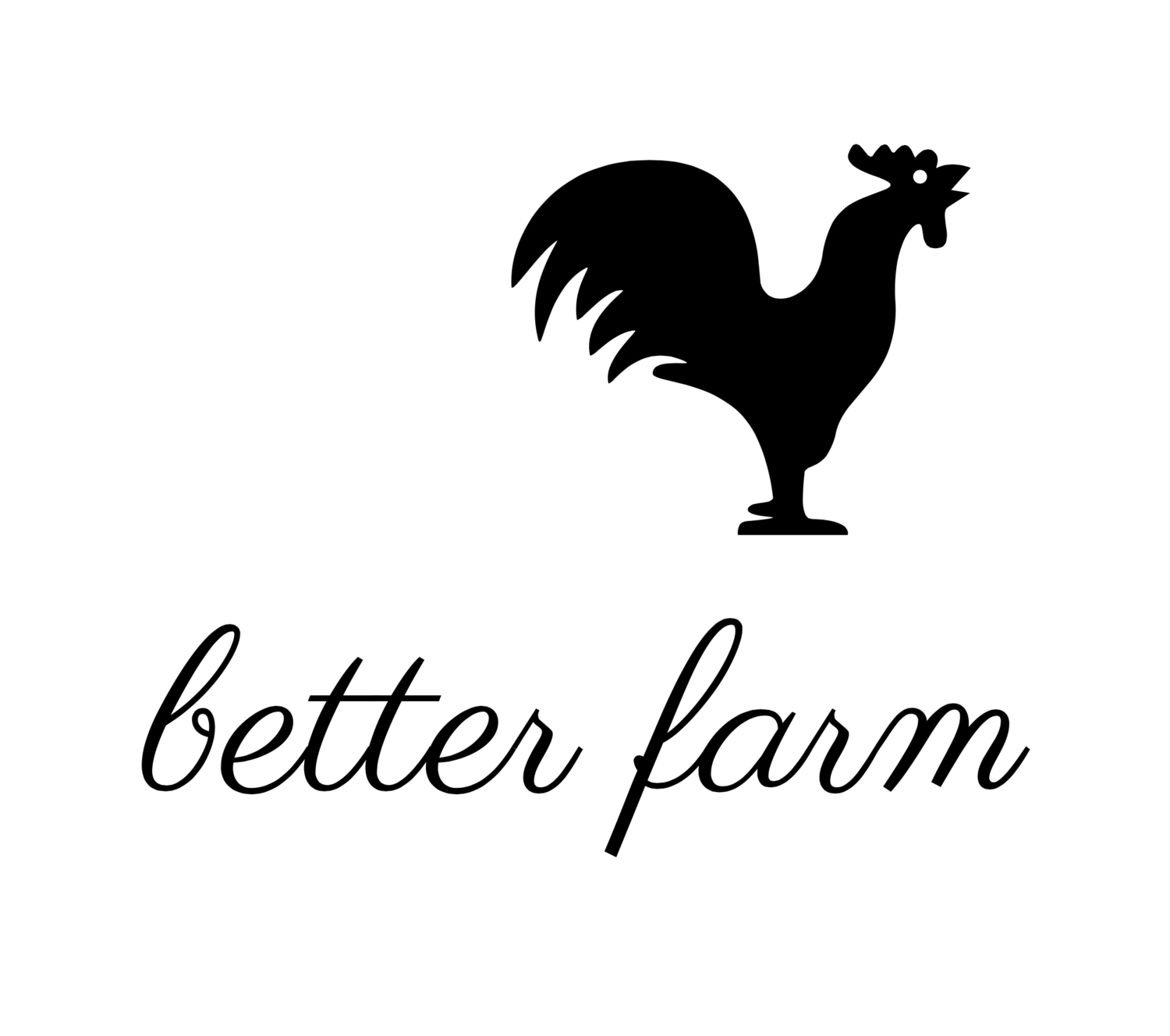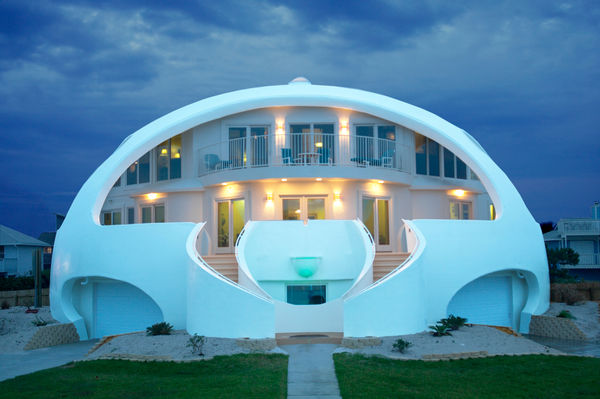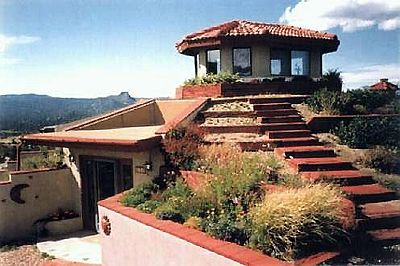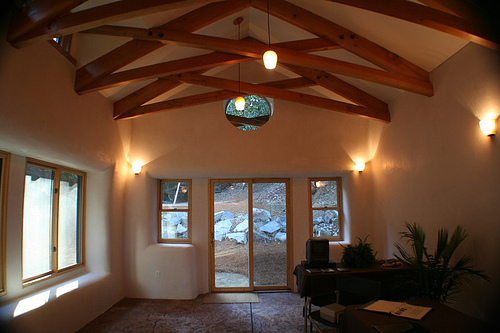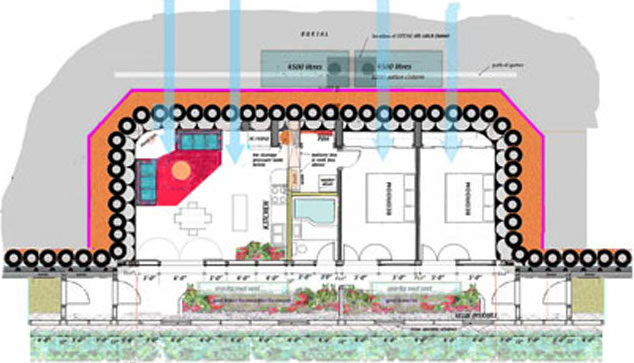The folks over at
Topsy Turvy have made no small fortune peddling upside-down planters for tomatoes, peppers, and flowers. But why spend $10 on something you can make? With some very basic supplies, you can create your own very cool upside-down planter in as few as 10 minutes. For the planters at Better Farm, we used discarded empty 1-gallon water jugs, an old clay strawberry planter, and several damaged hanging flower planters.
What you'll need:
A sharp knife and/or drill
Old twine, hemp, rope, or chain for hanging
Fresh compost manure, potting soil, or other nutrient-rich dirt
Any seedling with a tendency to vine (cucumbers, tomatoes, or peppers work best)
What to do:
1. Pick a hanging spot. Are you going to hang your planters from the deck? Nail them to a tree or post? Utilize an indoor window? We hung some from chains on the back deck, and nailed a few to a tree.
2. If you're working with plastic jugs, you can either saw the entire bottom off with the knife or cut a big access hole into the bottom corner (this is the best method you're going to hang your jugs and not nail them to posts or trees). With hanging plastic planters, simply cut a hole in the bottom-center of the container. Wrap your jugs in duct tape, material, or paint to protect the roots from harsh sunlight.
3. Nail the jugs upside-down to posts or trees, or drill two holes in the bottom of your jug and suspend them with twine, rope, or chain.
3. Carefully turn your seedling upside down and lower it into your container so just the top few inches of the plant extend from out of the jug or planter.
4. Pour dirt into the container over the plant's roots (keep one hand over the bottom (stem between fingers!) so the dirt doesn't just fall out). Pack the dirt down after you've scooped several handfuls in. Fill the container 2/3 with dirt (as the plant grows, you can add more dirt).
5. Keep your soil watered regularly and watch to make sure your plants aren't sliding out of their containers in the first few days as they establish themselves.
